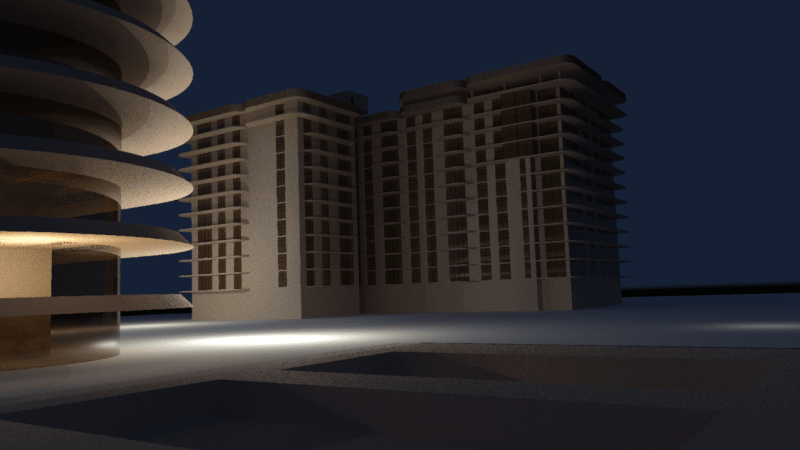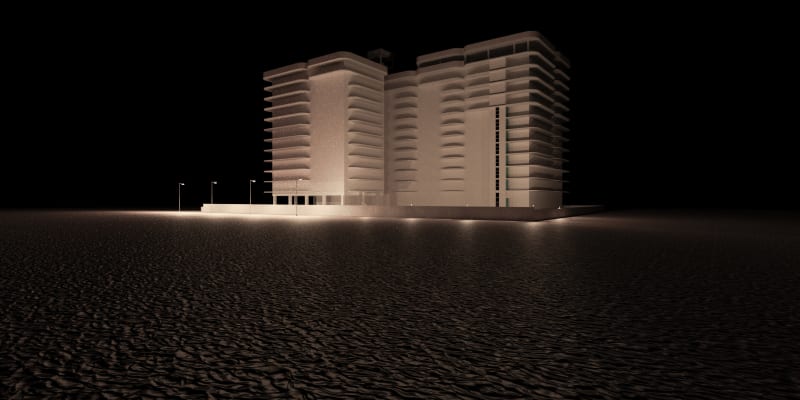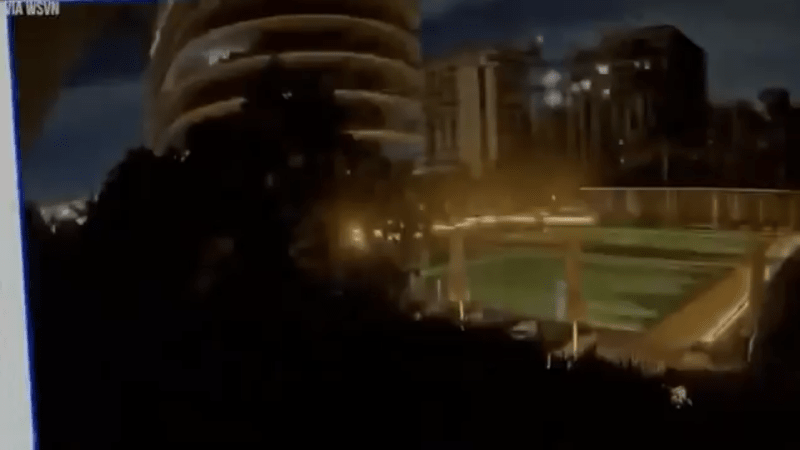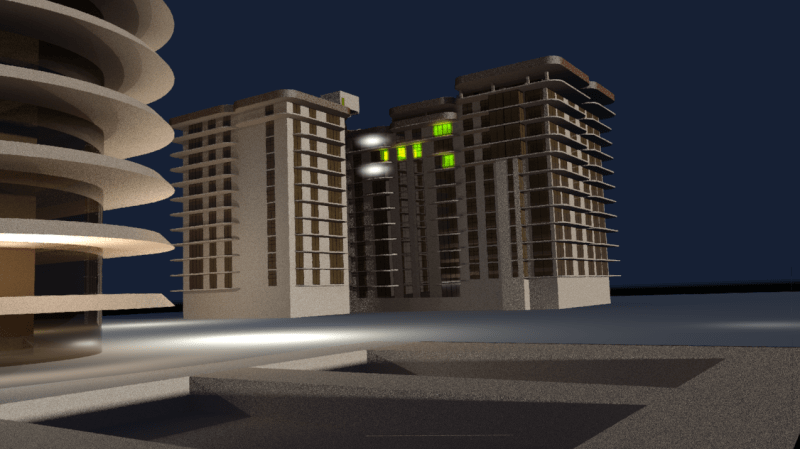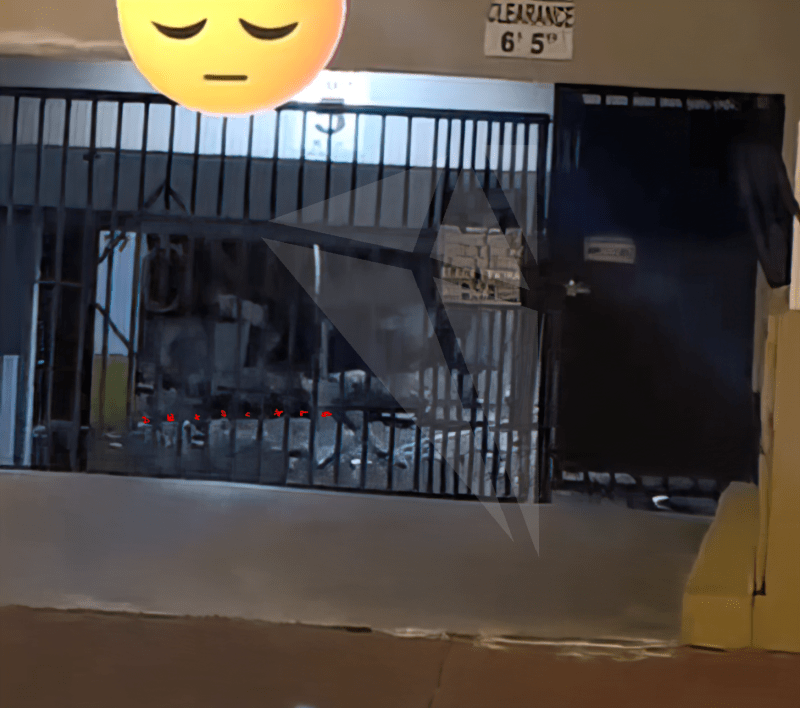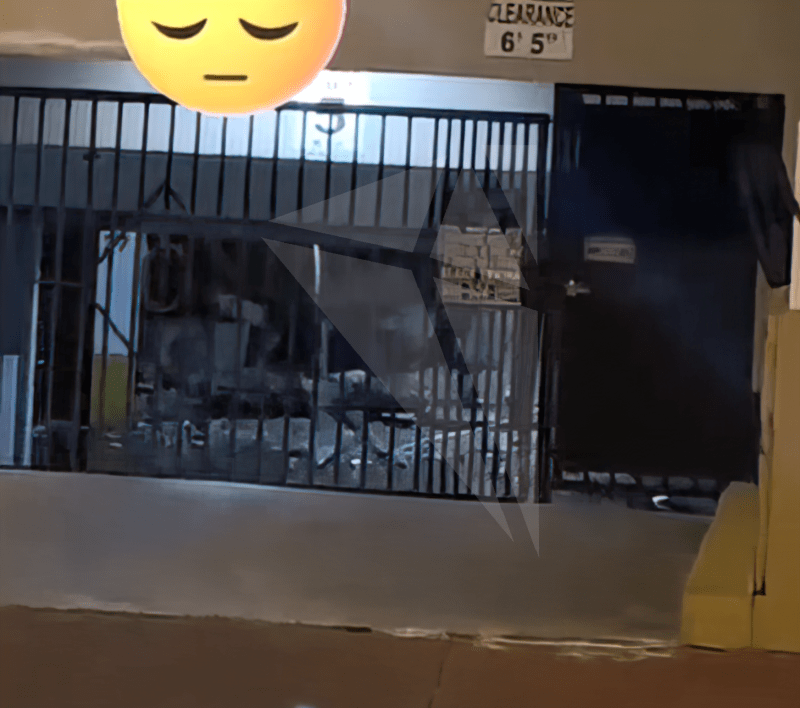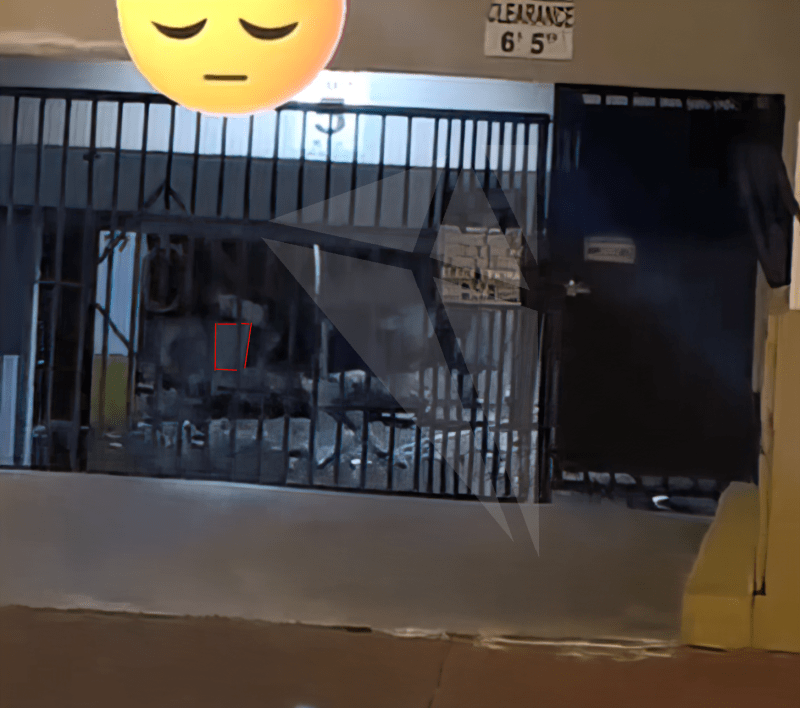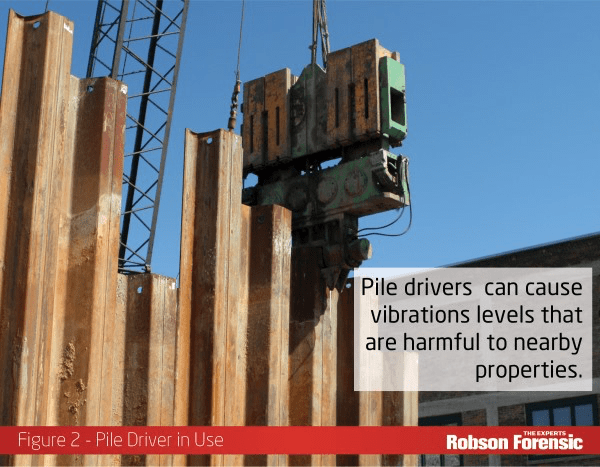Take Away: Building was designed for a nominal 20 year life without major upgrades and constant expensive maintenance and repairs........ It was designed to flip for quick profit!
[highlight #FCE94F]"Building collapse in Miami: Multiple factors could have contributed, experts say
By nytimespost - June 26, 2021"[/highlight]
[highlight #FCE94F]"Two engineers who reviewed a surveillance video of the collapse in slow motion said it appears the upper part of the building’s middle section collapsed before the lower part.[/highlight]
If the collapse had begun with the foundation, geotechnical engineering professor Steven Kramer of the University of Washington in Seattle would have expected to see everything going together. [highlight #FCE94F]Instead, he said, the top several stories appear to fall first.[/highlight]
[highlight #FCE94F]A clue was when dust first appeared in the image.[/highlight]
“The view [in the surveillance video] of the base of the building is obscured by the trees, but I think that dust would have appeared above the trees earlier if the failure had started [at the base],” he said.
Michael Chajes, a professor of civil and environmental engineering at the University of Delaware who does structural forensics, agreed.
[highlight #FCE94F]“If a lot of things were breaking lower down you would have seen the dust below,” he said.[/highlight]
[highlight #FCE94F]Another clue came in how the building fell almost straight down.[/highlight]
[highlight #FCE94F]“When the bottom gives out, unless it gave out uniformly, you would have a lot of twisting and leaning,” Kramer said. “If one of four columns goes at the base, the thing would tend to list to the side.”[/highlight]
[highlight #FCE94F]The video shows that as the central section began to fall, the eastern section twisted toward it a little before the center collapsed. The eastern part remained standing for another 20 seconds or so before it too began to collapse.[/highlight] In that instance, Kramer believes debris from the center smashed into support beams for the eastern section, rendering it structurally unstable.
On this point experts did all agree: It will take a long time to discern exactly how and why Champlain Tower South collapsed and that, once the answers are known, they’re likely to prompt changes to the building industry."
[highlight #FCE94F]“The whole regulatory apparatus is behind the times, relative to current risks,” s[/highlight]aid Clinton Andrews, a professor of urban planning and director of the Center for Green Building at Rutgers University. “I think the case in Florida illustrates that problem.”
[highlight #FCE94F]"Ashraf, the structural engineering consultant and author of “Practical Design of Reinforced Concrete Buildings,” took note of residents’ complaints that their building was shaking because of nearby construction.[/highlight] He was recently called in to fortify an ocean-facing residential building on Miami’s Brickell Avenue. Like Champlain Towers South, there is construction near the Brickell building.
[highlight #FCE94F]“Those vibrations are a lot of forces on the building, for which it is not designed,” said Ashraf, who decided to lay out a temporary reinforcement plan. “We tested the concrete and we shored it up. We took steel rods and braced the building. Once construction is over, we’re going to retrofit the building with carbon fiber wrapper or steel plates.”[/highlight]
"Ashraf says a similar plan should have been devised for Champlain Towers South."
[highlight #FCE94F]“This is not a design failure. This is a maintenance issue,”[/highlight] he said. “If those things are not addressed, these kinds of tragic things can happen.”
[highlight #FCE94F]"In the end, most of the experts agreed, it’s rarely a single thing that causes a building to collapse."[/highlight]
[highlight #FCE94F]“It’s almost always a series of things that build up,” said John Wallace, a professor of structural engineering at the University of California, Los Angeles who has participated in multiple forensic analyses of building failures. “Each item adds additional demands upon the building. These things cascade and then it reaches a tipping point where there is this type of collapse.”[/highlight]
"Englehardt, the University of Miami professor, agreed. "
“When incidents do occur it’s because of a series of preceding failures, so there had to be more than one cause for this,” he said. [highlight #FCE94F]“It had to be a series of sequential failures that would result in anything like this.”[/highlight]

